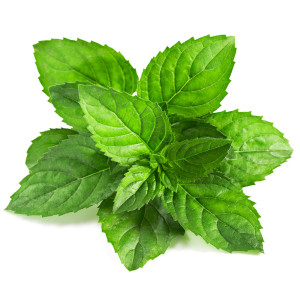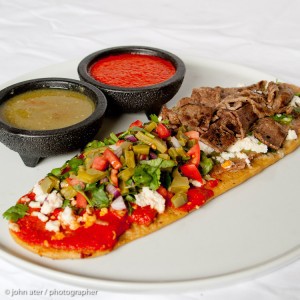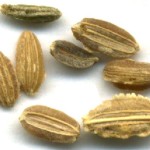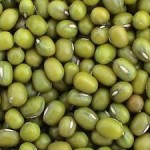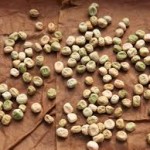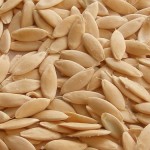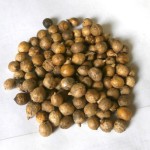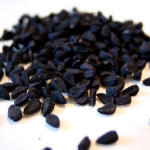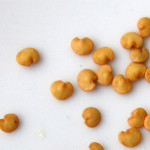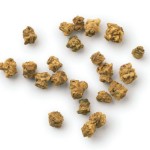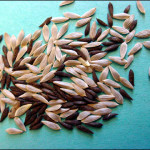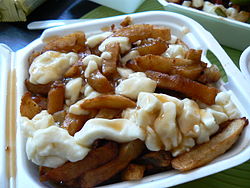We’re a couple weeks shy of the true start of spring, but the weather is fooling me and a few brave crocus shoots into thinking otherwise. The flowers are on their way, dear readers, and they can be a feast for your taste buds in addition to your eyes. Below are the descriptions of eight delectably edible flowers, some of which you might eat on the regular without stopping to consider their flowery origins. Can you identify each one by its common name? If you can get six or more, consider yourself ready to spring into the season.
- It’s likely that you’ve seen these stuffed with cheese and fried, though they also make frequent appearances in other dishes, from the soups of Mexico to the risottos of Italy.
- Though these might look like berries, they’re actually the buds of a plant, usually pickled and often used in Mediterranean cuisine.
- These bright tropical blossoms make a tart and refreshing pink tea, but they can also be used in jams and sorbets.
- Ray Bradbury knew that you can make wine from the blossoms of this plant, and the French have a special soup made from the yellow flowers called creme de pissenlits.
- Kids on summer vacation learn that you can sample the sweet nectar of this climbing plant, but the entire bloom can also be enjoyed in salads and desserts. (The leaves and berries are mildly poisonous, though, so be careful!)
- These flowers are loved by gardeners for their bright color and insect repelling qualities, but they also have a peppery flavor and can even be used as a substitute for saffron.
- These flowers are most often dried and made into a tea known for its relaxing qualities, sometimes even prescribed as a gentle antidote to insomnia.
- Bakers have been candying these small, purple flowers since the 1800s, but they can also be eaten in salads or even used for infusing fancy cocktails and salad dressings.
Don’t scroll down or click continue until you’re ready for the answers! Continue reading

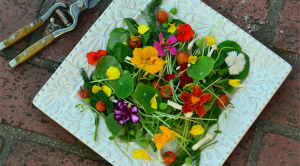
 Velvet Devil
Velvet Devil
